Ho Chi Minh City is implementing a public transport-oriented urban development (TOD) strategy along metro lines and Ring Roads 2 and 3. This not only helps reduce traffic pressure, but also creates the foundation for building a modern, convenient living environment.
Ho Chi Minh City is implementing a public transport-oriented urban development (TOD) strategy along metro lines and Ring Roads 2 and 3. This not only helps reduce traffic pressure, but also creates the foundation for building a modern, convenient living environment.
Nearly 15 years ago, the multi-center urban model was mentioned in the 2010 Ho Chi Minh City Master Plan Adjustment Project, with the goal of forming 4 satellite cities in the East, West, South, and North to disperse the population away from the central area.
However, to date, only the eastern city has been formed (Thu Duc City). Meanwhile, the current status of each planned subdivision has inadequacies that are difficult to resolve, especially cramped housing in the central area as well as housing along canals, lack of public space, traffic congestion...
Therefore, when the Ho Chi Minh City People's Committee issued a Decision on the issuance of the Development Plan for 11 urban areas around the Metro (elevated railway) according to the TOD model along Metro Line 1 (Ben Thanh - Suoi Tien), Metro Line 2 (Ben Thanh - Tham Luong) and Ring Road 3 according to Resolution 98/2023/QH15, it attracted the attention of many investors, businesses, and people.
Architect Ngo Viet Nam Son believes that building TOD areas will not only facilitate people's travel, but also help promote the sustainable development of the city. These areas will attract investment, improve infrastructure, and form modern urban areas with full amenities, serving the living, working and entertainment needs of residents.
In addition, with the development of metro lines and the implementation of TOD locations, Ho Chi Minh City can reduce traffic congestion in the central area and expand urban space to the outskirts, creating quality satellite urban areas that attract investors and residents. These urban areas not only contribute to economic development, but also help improve the quality of life for residents, creating a modern, environmentally friendly urban model.
According to the plan, by 2028, Ho Chi Minh City will deploy TOD in 11 locations along the metro and beltway, divided into two phases. The authorities will determine the boundaries, legal status of planning and urban development functions of each area.
Experts say that if the 11 TOD locations that Ho Chi Minh City has just announced are done well, the total economic and social value created will be huge, because it will lead to a series of added values in commerce, services, especially the real estate market due to the increase in services and urban utilities brought by TOD.
To successfully implement the TOD model in Vietnam, especially in a large city like Ho Chi Minh City, Mr. Ngo Viet Nam Son recommends that Ho Chi Minh City should focus on improving metro line No. 1 in the short term. For the metro to be effective, the city needs to address challenges from organizing connecting buses, building suitable parking lots, to developing urban areas along the route. More importantly, it takes time and strategy to change people's travel habits, encouraging them to switch to metro and walk short distances.
Similarly, Mr. David Jackson, General Director of Avison Young Vietnam, also believes that if the TOD model is integrated into real estate project development, it can create sustainable communities, balancing the benefits between people, the environment and the economy, because development costs in the suburbs are often lower, helping investors provide real estate at more reasonable prices. When infrastructure and traffic connections are improved, real estate values will increase, attracting the attention of developers and investors.
“Developing TOD properly requires a clear vision and long-term planning, a high level of coordination between parties, and consistency in every step of implementation. The key is transparency and building trust among stakeholders, in addition to financial resources, capacity, and long-term commitment,” said Mr. David Jackson.
Mr. Tran Phu Lu, Director of the Ho Chi Minh City Trade and Investment Promotion Center, suggested that after the planning is approved, it is necessary to clearly define the list of projects calling for investment, associated with major goals such as green economy, financial center and logistics.
In addition, Mr. Lu also said that it is necessary to study separate mechanisms and policies for each specific goal to create attractiveness for investors. For example, to form a financial center, the countries that have gone before have shown that not only detailed planning is needed, but also mechanisms and policies to attract financial institutions, connecting the financial center with domestic financial institutions.
“For foreign investors, in addition to the transparency of the project’s legal documents, they are very interested in the progress of site clearance. If there is good planning and a reasonable mechanism, but there is a lack of clean land fund and no mechanism to recover land in advance to prepare for investors, then the opportunity to attract investment will be lost,” Mr. Lu emphasized.
Source: https://baodautu.vn/batdongsan/tphcm-phat-trien-do-thi-ve-tinh-d232508.html








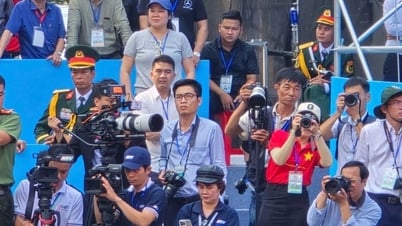



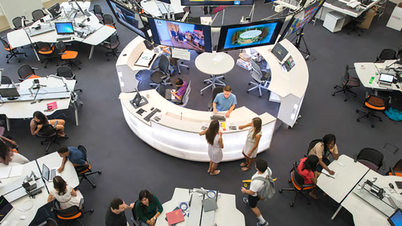

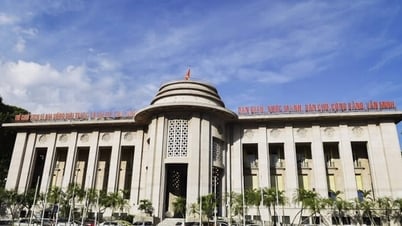


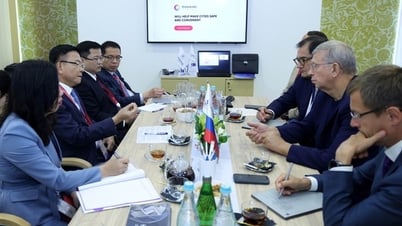






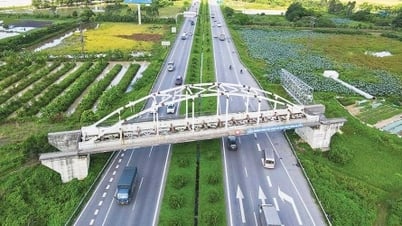


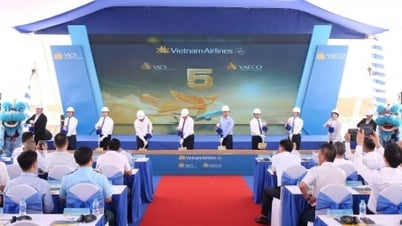

![[Photo] Overcoming the heat, practicing to prepare for the parade](https://vphoto.vietnam.vn/thumb/1200x675/vietnam/resource/IMAGE/2025/6/21/b93392e8da8243b8a32040d19590e048)


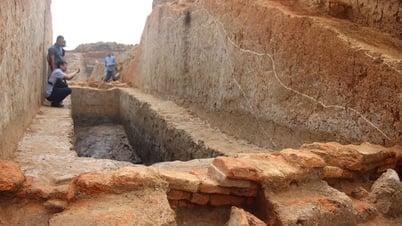























![[Maritime News] Wan Hai Lines invests $150 million to buy 48,000 containers](https://vphoto.vietnam.vn/thumb/402x226/vietnam/resource/IMAGE/2025/6/20/c945a62aff624b4bb5c25e67e9bcc1cb)














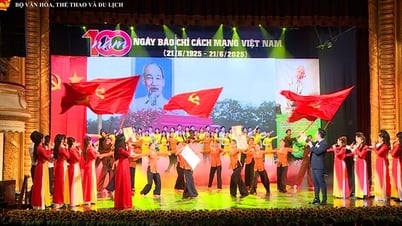





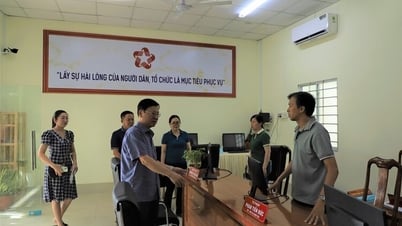



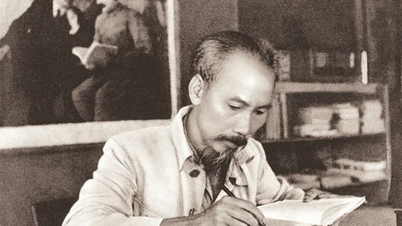
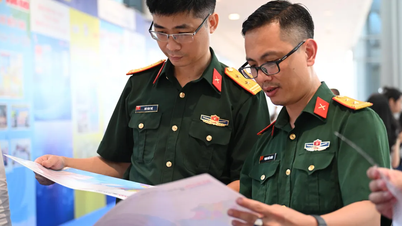
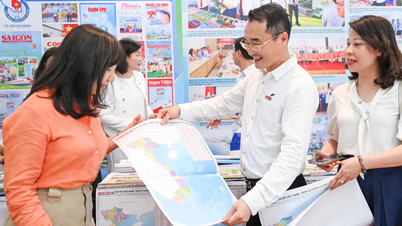












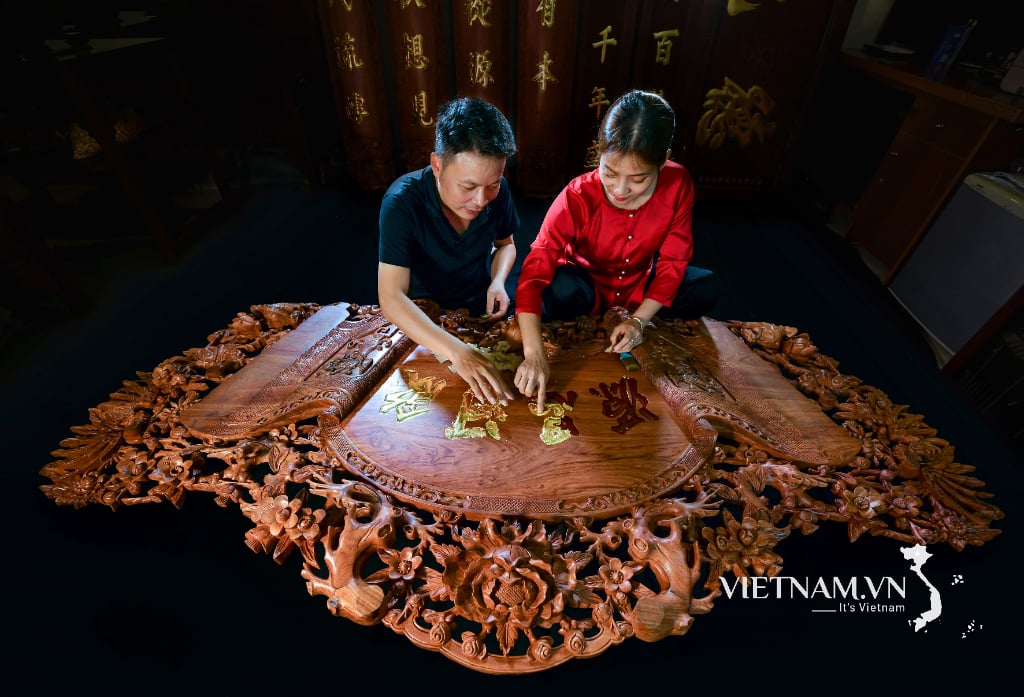


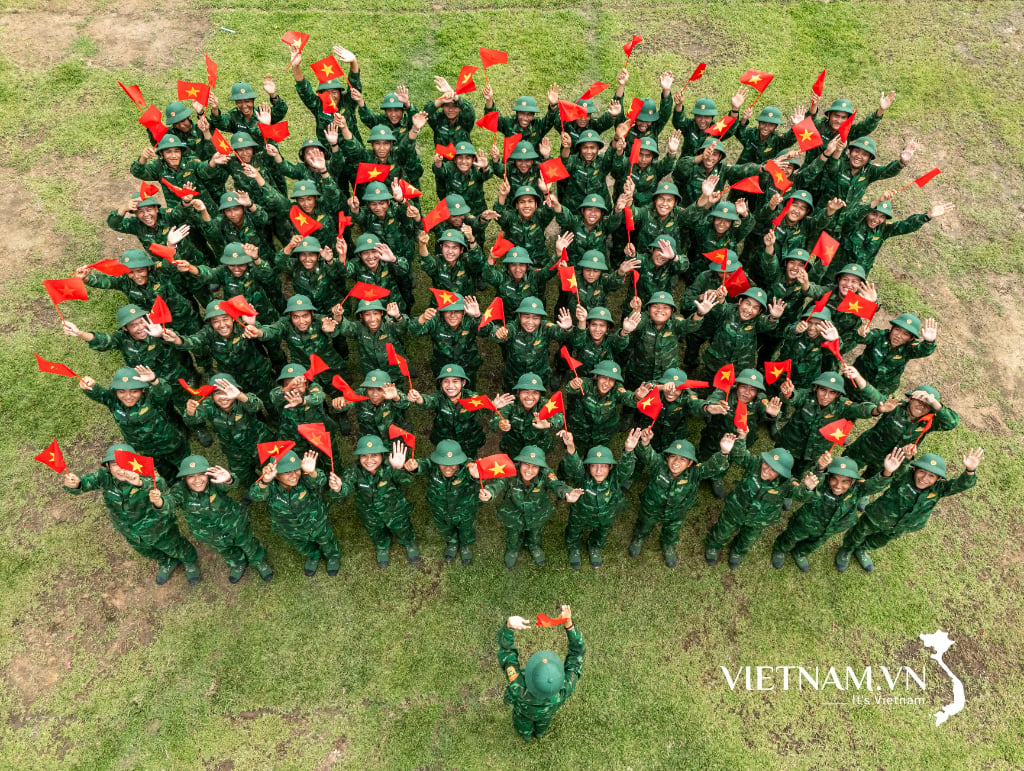
Comment (0)